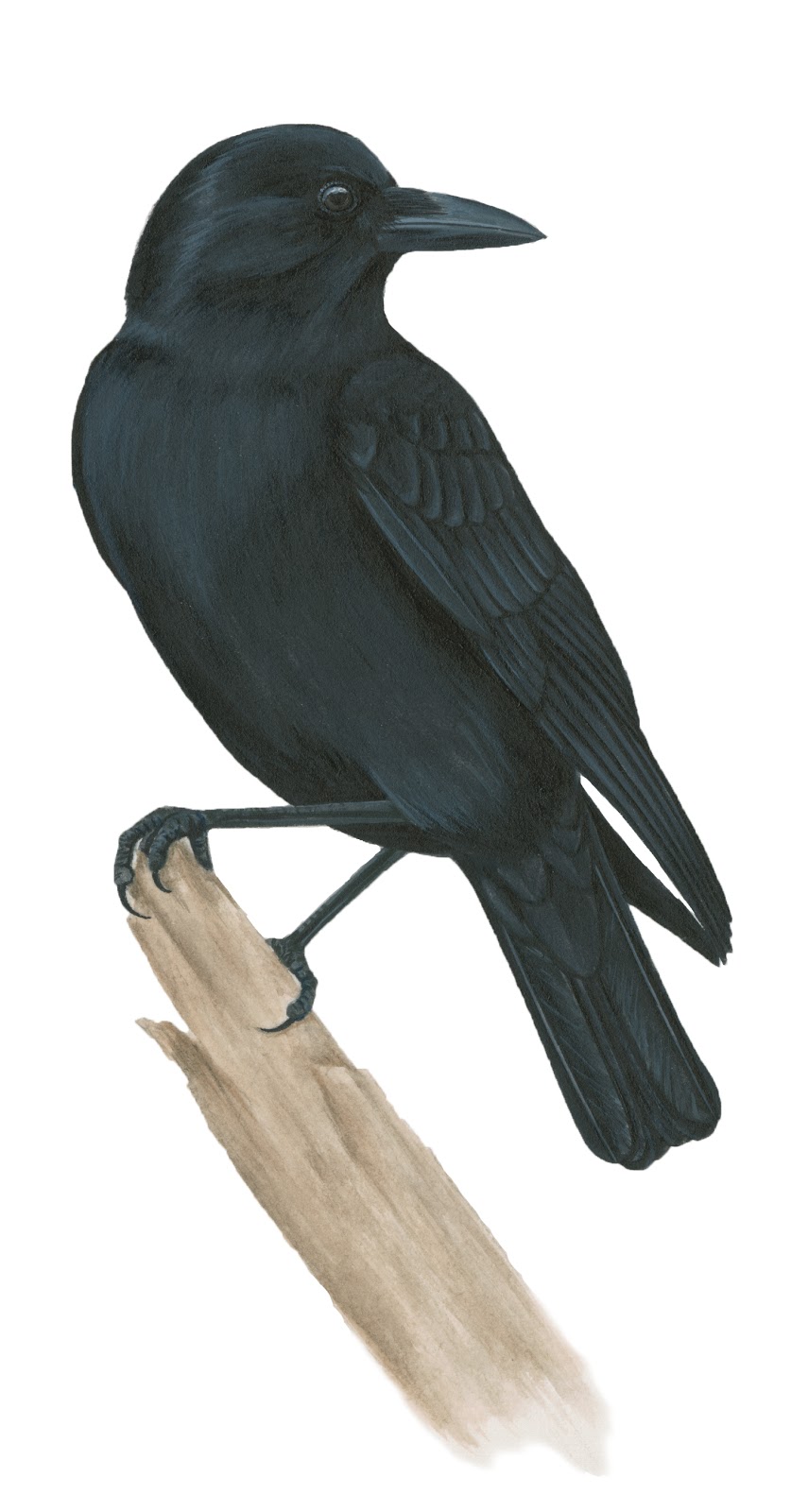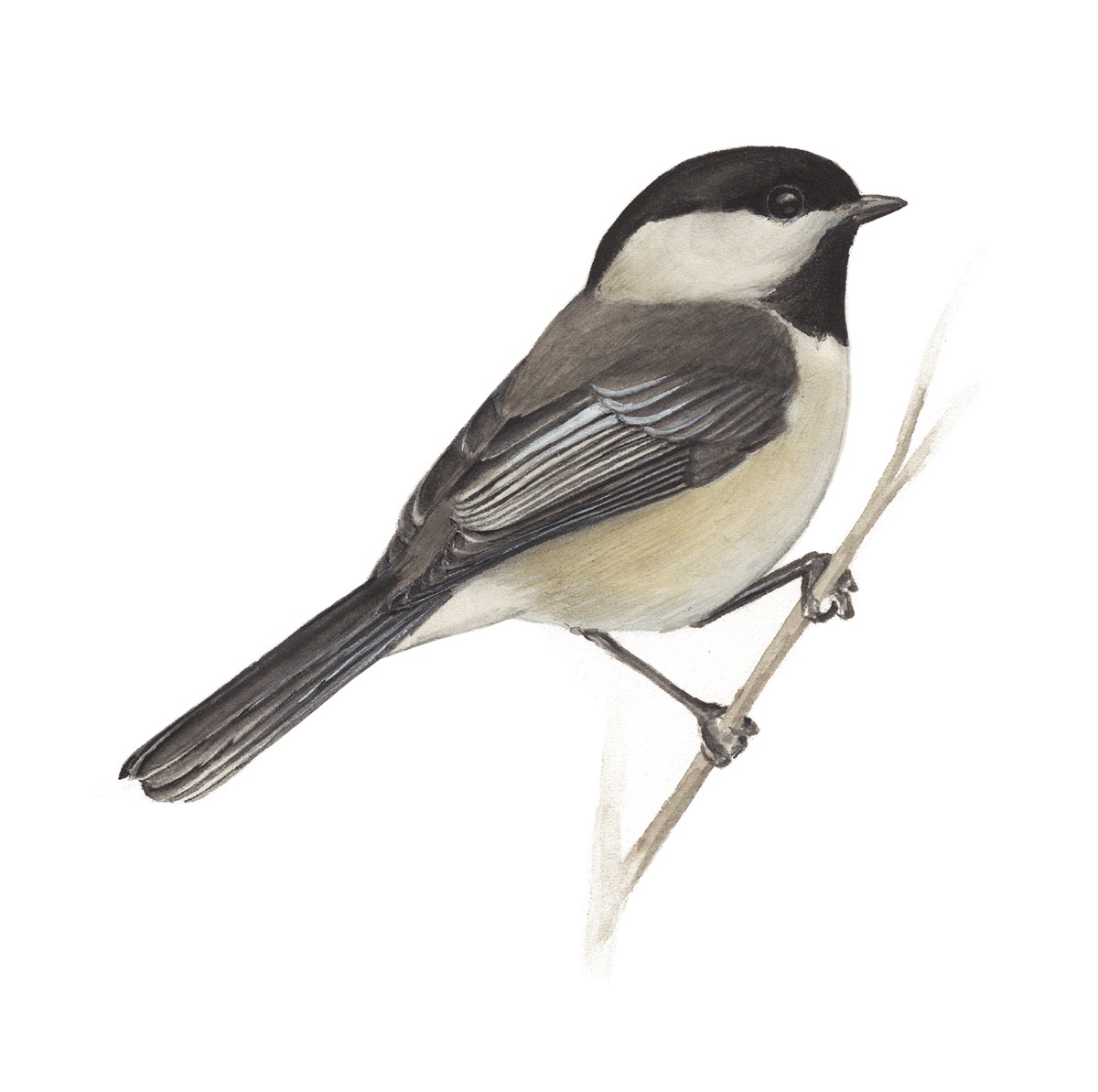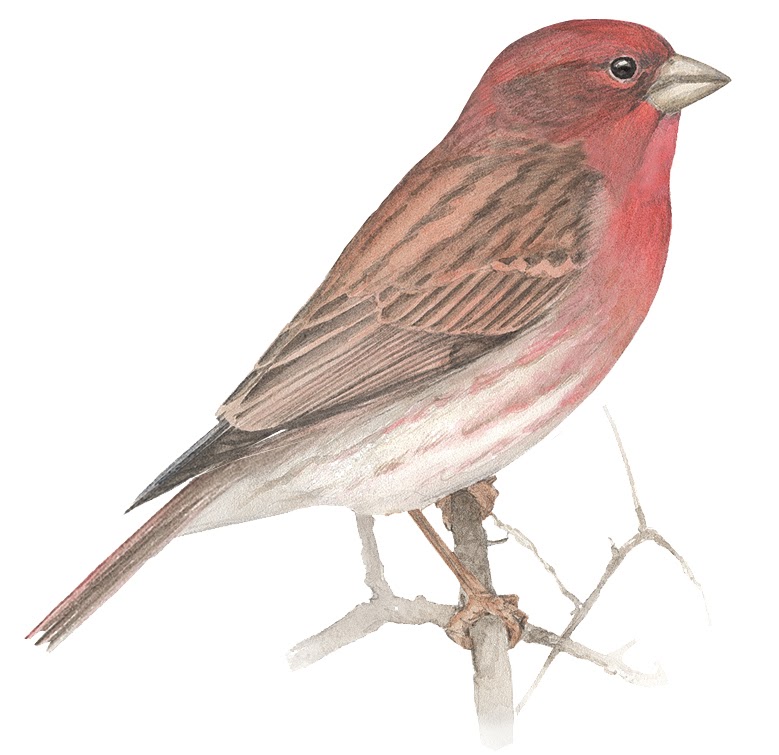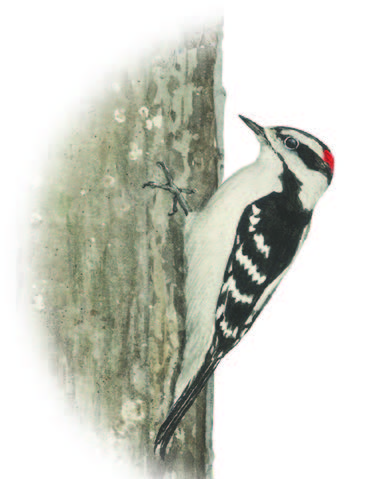September
What Makes a Bird… a Bird?
Bird of the Month: American Crow

Engage: True or False? – Explanations
- Birds are the only living animals that have feathers. ⇒ True. All birds have feathers. Some birds have highly modified feathers to fit particular functions, such as the fancy feathers on a peacock’s tail.
- All birds fly. ⇒ False. While birds are known for their ability to fly, there are many that do not fly such as penguins (who swim), ostriches, emus, and kiwis.
- All birds have two wings. ⇒ True. All birds have two wings!
- Birds lose and replace their damaged feathers. ⇒ True. Birds can replace old and damaged feathers through molting. Molting generally occurs after nesting or before migration when the bird has enough resources and energy.
- All birds have thick, heavy bones that provide the structure needed to fly. ⇒ False. Most birds have adapted to have very light but strong bones, so they are light enough to fly. A few flightless birds, like penguins, have solid bones.
- Birds have poor eyesight. ⇒ False. Birds generally have very good sight. Many birds can see color; some can even see light ranging in the ultraviolet spectrum that humans cannot see!
- Bird hearts beat more slowly than human hearts. ⇒ False. The heartbeats of birds are faster than those of humans. In fact, a hummingbird’s heart beats over 1,260 times per minute! For comparison, a human’s heart rate is usually 60 to 100 beats per minute.
- All birds lay eggs. ⇒ True. All birds species do lay eggs. Male birds do not.
- Most birds eat worms. ⇒ False. There is a large variety of diets among birds. Birds eat anything from seeds, nectar, insects, worms, fish, crustaceans, frogs, to small animals.
- All birds sing. ⇒ False. While not all birds sing the beautiful songs we commonly think of, most are capable of making a variety of sounds. They be calls, chip notes, or pecking against a tree. Males do more singing in many song birds.
Challenging Statements – Explanations
- All birds migrate. ⇒ False. Not all birds migrate; for example, the Rock Pigeon is one species which remains in one area all year round. This bird is found throughout the U.S. Many birds, especially those that eat insects, must migrate to find food.
- Birds are vertebrate animals. ⇒ True. Birds are vertebrate animals that have a backbone and internal skeleton–just like us!
- All birds are warm-blooded. ⇒ True. All birds are warm-blooded, or endothermic. This means that birds are able to regulate their body temperature through various internal means.
- All baby birds hatch covered in downy feathers. ⇒ False. Not all baby birds are covered in downy feathers when they hatch. For example, many song birds, such as the American Crow, are born almost entirely naked.
- Male and female birds of some species look different. ⇒ True. There are many species where the males and females look different from each other. One example is the Red-winged Blackbird. The male plumage matches his name, but the female is a dull brown with no red patches on her wing.
Explore: Bird Search
Make copies of the PDF above for each student. In an outdoor environment, have students develop their observation skills by finding birds that fit in the appropriate category.
Inquire: Meet Three Feeder-Bird Groups
Chickadees, Finches, and Woodpeckers! (Click the images to learn more about these groups.)


